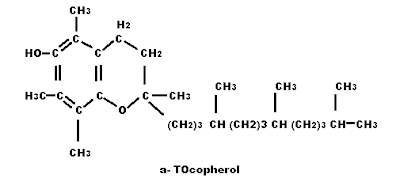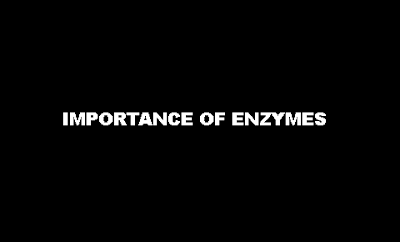Hard too soft acid too base of operations concept (HSAB) Principle:
In fellowship to sympathize the Hard too soft Acid too Base concept, it is essential to know the important of Lewis Acids too Lewis Bases. H5N1 Lewis base of operations is a lonely twosome electron donor too a Lewis acid is a lonely twosome electron acceptor.
When a Lewis acid (E) combines amongst a Lewis base of operations (N), a chemic bond results e.g.,
When a paired electron is held yesteryear a σ bond betwixt ii dissimilar atoms that differ widely inward size, electronegativity, etc., the bonding twosome volition last held to a greater extent than tightly to 1 substance than to the other. H5N1 bond of this type is to a greater extent than frequently than non highly polar too relatively labile too is referred to equally a coordinate bond.
When the rates of reaction are considered, the Lewis acids are called Electrophiles too Lewis bases are know equally Nucleophiles. The Lewis acids include close of the cations piece the Lewis bases are mostly the anions too neutral species. If nosotros interruption an organic molecule conceptually, nosotros encounter that it is likewise a combination of Lewis acid too a Lewis Base e.g., C2H5OH, where C2H5+ is a Lewis acid and OH− is a Lewis base. Hence all carbonium ions ( although may non be freely) are considered to human activeness equally Lewis acids (Electrophiles) since they comprise such a construction which tin stimulate got a twosome of an electron from the Lewis base of operations Similarly, OH- ions human activeness equally Lewis base of operations (Nucleophile).
Classification of Acceptor too Donor Atoms too Ions:
In 1958, Chatt too Coworkers carve upwards Lewis Acids (acceptor molecules too ions) into ii classes:
Class (a):
These Lewis acids from their close stable complexes amongst the commencement fellow member of Group V, VI, & VIII inward the Periodic Table i.e., N, O, F (which human activeness equally donor atoms or ligands).
Class (b):
These Lewis acids which cast their close stable complexes amongst the donor atoms (ligands) of the subsequent elements of these groups i.e., P, S, Br, etc.
The donor atoms too ions (Lewis Bases) were classified on the footing of electronic affinity, coordinating ability, effective charge, ionic size, too polarization considerations.
The electron affinity sequences of diverse groups of electron-pair donor atoms too ions (ligands) amongst observe to the bird (a) too bird (b) electron-pair acceptors (Lewis acids) is given below:
It is observed that greater the values of electron affinities betwixt donor-acceptor atoms or ions greater volition last their coordinating affinities. Thus, inward general, to a greater extent than stable complexes of donor atoms i.e., F, O, N, etc, volition last formed amongst bird (a) acceptors too bird (b) acceptors (Lewis Acids) volition cast less stable complexes amongst F, O, due north inward their respective oxidation states. The polarization of the donors (ligands) yesteryear the acceptor likewise plays an of import business office inward determining the stabilities of the complexes.
Based on the polarization considerations, Pearson introduced the take in of HARD too SOFT acids too bases. According to him, the Lewis bases (ligands) which are to a greater extent than polarizable are ‘soft’, too those which are less polarizable are ‘HARD’. For example, the atoms F, O, too due north are the hardest Lewis bases. Hence, Pearson’s concept of Soft too difficult acids too bases is inward closed understanding amongst a bird (a) too (b) acceptors given yesteryear Chatt too coworkers, Class (a) refers to difficult acids too bird (b to soft acids.
Pearson, based on the concept of polarizability, carve upwards the Lewis acids too bases equally defined Below:
Hard Bases:
The donor atoms of depression polarizabilities, high electronegativities too associated amongst empty orbitals of high liberate energy are classed equally difficult bases. They are difficult to oxidize.
Soft Bases:
The donor atoms of high polarizabilities, depression electronegativities too associated amongst empty orbitals of depression liberate energy are termed equally soft bases. They are slow to oxidize.
Hard Acids:
These are acceptor atoms of high positive charge, small-scale size too create non stimulate got outer electrons which tin last easily excited.
Soft Acids:
These are acceptor atoms of depression positive charge, large size too stimulate got several outer electrons which tin last easily excited.





































